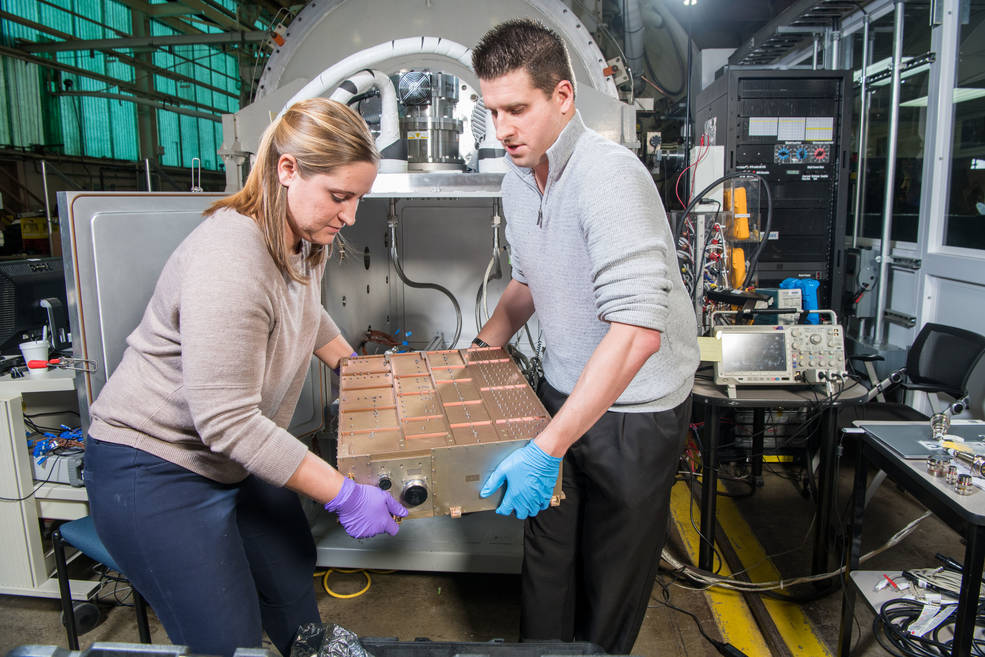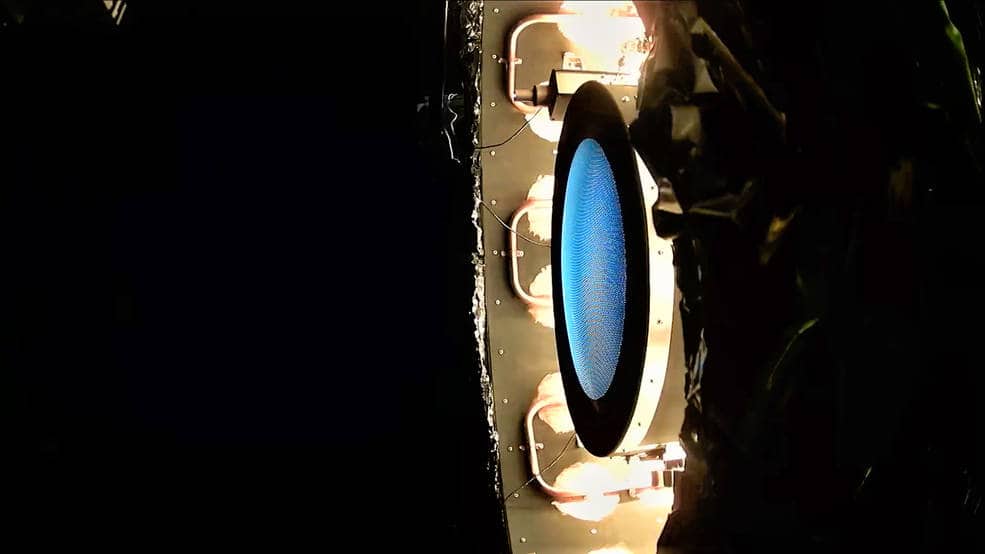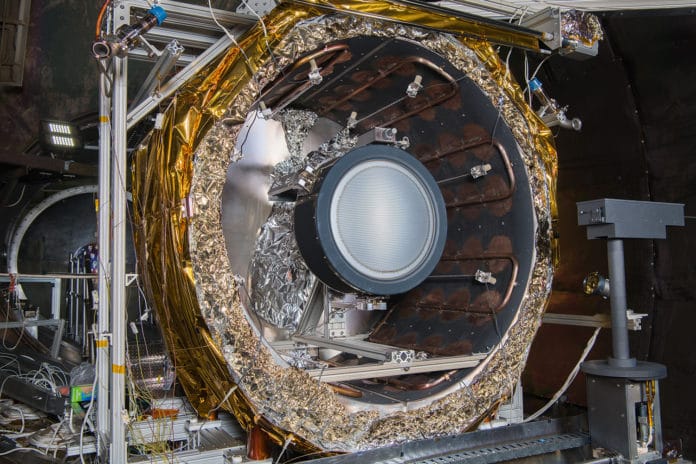Humanity is currently struggling against the novel Coronavirus. However, the world’s various space agencies are afraid of the other possible threats, such as asteroid strike on Earth in the future – the one that has the potential to end humanity. Agencies like NASA and the ESA are still working on their plans to protect us from that threat.
NASA announced the development of a powerful ion engine as part of the DART (Double Asteroid Redirection Test) space mission. The so-called first planetary defense mission is to be launched in 2021 to demonstrate asteroid deflection by the kinetic impact. This technique could prevent a hazardous asteroid from impacting Earth by changing the motion of the asteroid in space.
In the recent months, NASA’s Evolutionary Xenon Thruster – Commercial (NEXT-C), developed at NASA’s Glenn Research Center in Cleveland and designed and built by Aerojet Rocketdyne, has undergone a series of performance and environmental tests. It has already passed the vibration test, which simulates launch conditions and withstand temperatures of spaceflight.

The DART Mission will be tested on the tiny binary asteroid system called Didymos. Although the asteroid and its moon, Didymoon (Didymos in Greek means twins, hence the name of the system after the discovery of the small moon in 2003), are not yet endangering the Earth, they are perfect for testing the defenses.
The largest of the pair, the asteroid, has a diameter of about 780 meters, while the smallest one, the Didymoon, is only about 160 meters. The goal of DART is to crash itself into the Didymoon since it is close to the typical size of an asteroid that could threaten the Earth.
After launching in July 2021, it will reach its target on September 22nd, when the binary asteroid is within 11 million km, which will be driven by DART with non-conventional engines. A conventional rocket needs a lot of thrusts to leave the Earth behind, but an ion-propellant needs less. But, NEXT-C is an ion propulsion system that is three times as powerful as the NSTAR ion propulsion system on NASA’s Dawn and Deep Space One, according to the reports.

The gear unit uses solar energy to deliver a positive charge to the mains. This drives the xenon ions that pass through the second or accelerator grid, which is charged negatively. This propels them out of the engine, providing thrust. The powerful ion engine is able to generate 6.9 kW thrust power and 236 mN of thrust.
The collision with Didymoon is to reduce the orbital speed of this object by half a millimeter per second. Besides, DART will probably leave a 20-meter crater on the moon’s surface, and if all goes well.
According to NASA, when the propulsion system is successfully demonstrated on DART, NEXT-C will be considered on a variety of 10 to 15 year-long, uncrewed missions that could include going to other asteroids, comets or planets such as Venus.
